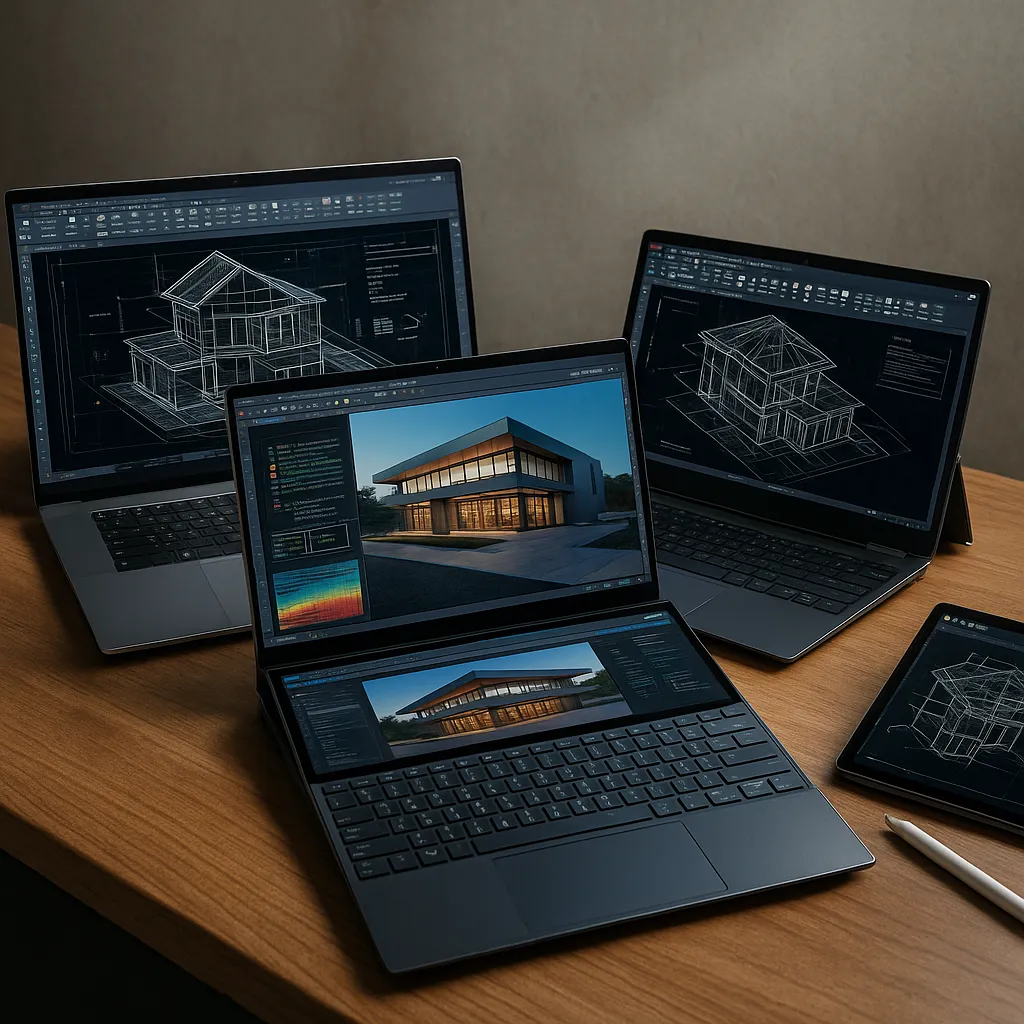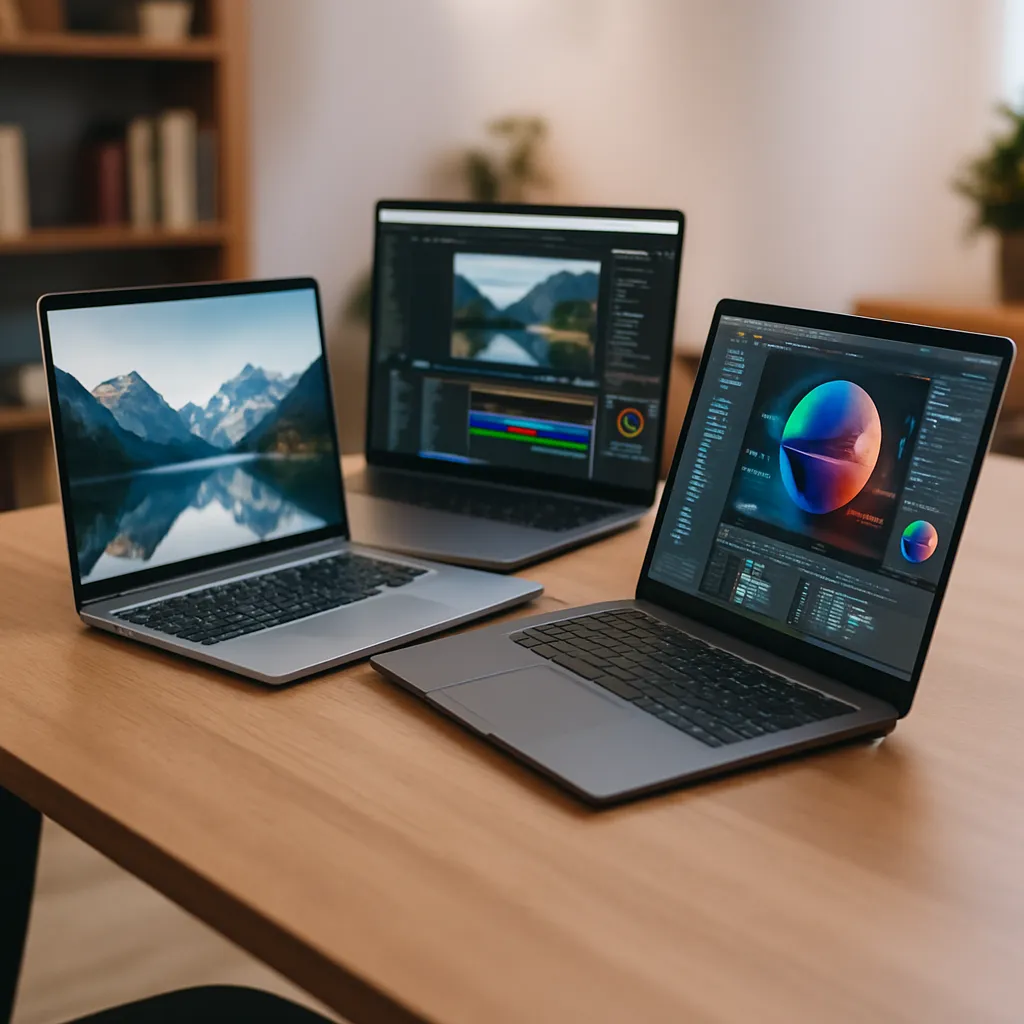Best Lightweight Laptop for AutoCAD: 3 Powerful, Portable Picks
Disclosure: This post contains affiliate links. As an Amazon Associate, I earn from qualifying purchases—at no extra cost to you.
AutoCAD users often need the best of both worlds—powerful performance for design work and a lightweight design for mobility. Whether you’re a student heading to class or an engineer working on-site, a laptop that can run CAD software smoothly without weighing you down is essential.
Let’s compare three solid options that strike that balance: the Dell XPS 17, ASUS Zenbook Duo, and HP OmniBook Ultra Flip.
Smooth AutoCAD Performance, Even on the Go
The Dell XPS 17 9730 stands out with its 14-core Intel i7 processor and RTX 4070 GPU. Based on performance benchmarks and user feedback, it handles 3D modeling and rendering effortlessly. It’s a top-tier choice for professionals working on complex files or detailed architectural plans.
The ASUS Zenbook Duo takes a different route with Intel’s Ultra 9 CPU and integrated Arc graphics. While it lacks a dedicated GPU, many users report it performs well in 2D CAD work and light 3D modeling. It’s efficient and keeps temps in check even during long sessions.
For students or users focused mainly on 2D drafting, the HP OmniBook Ultra Flip offers more than enough power. It runs on Intel’s Ultra 7 chip and delivers responsive performance for standard AutoCAD workflows.
Built for Multitasking and Workflow Efficiency
If you juggle multiple apps while working in AutoCAD, the ASUS Zenbook Duo really shines. Its dual OLED screens give you a lot of flexibility—one for your drawing, one for references or tool palettes. It’s especially helpful for designers or students multitasking with notes, videos, or chat.
The HP OmniBook Ultra Flip brings flexibility with its 2-in-1 design. Its 2.8K touchscreen and tablet mode are great for sketching or marking up plans on the fly. It’s an ideal setup for classrooms, co-working spaces, or even travel.
With the Dell XPS 17, the 17″ 4K touchscreen gives you tons of screen space. It’s not convertible, but it offers incredible clarity and real estate for detailed CAD drawings.
Portable Enough for Everyday Carry
The HP OmniBook Ultra Flip is the lightest option here and easy to carry throughout the day. Battery life is solid when doing general CAD work, and it charges quickly via USB-C.
Despite its dual-screen setup, the Zenbook Duo is still impressively slim. Reviewers note it balances weight and durability well, making it a good choice for travel or on-the-go design work.
The Dell XPS 17 is heavier, but for a 17-inch laptop with top-tier components, it’s still considered lightweight in its category. If you don’t mind a bit of extra weight for the power, it’s a solid tradeoff.
Check Price & Availability
View on Amazon – Dell XPS 17 9730 (i7, RTX 4070, 32GB RAM)
View on Amazon – ASUS Zenbook Duo (Ultra 9, OLED Dual-Screen)
View on Amazon – HP OmniBook Ultra Flip (Ultra 7, 2.8K Touchscreen)
Conclusion
Each of these laptops brings something different to the table:
- Dell XPS 17 is best for professionals who need serious performance and screen space for 3D modeling and rendering.
- ASUS Zenbook Duo is ideal for multitaskers, creative users, or students who’ll benefit from dual screens and portable design.
- HP OmniBook Ultra Flip is a smart pick for lightweight 2D CAD work, classroom flexibility, and everyday use.







